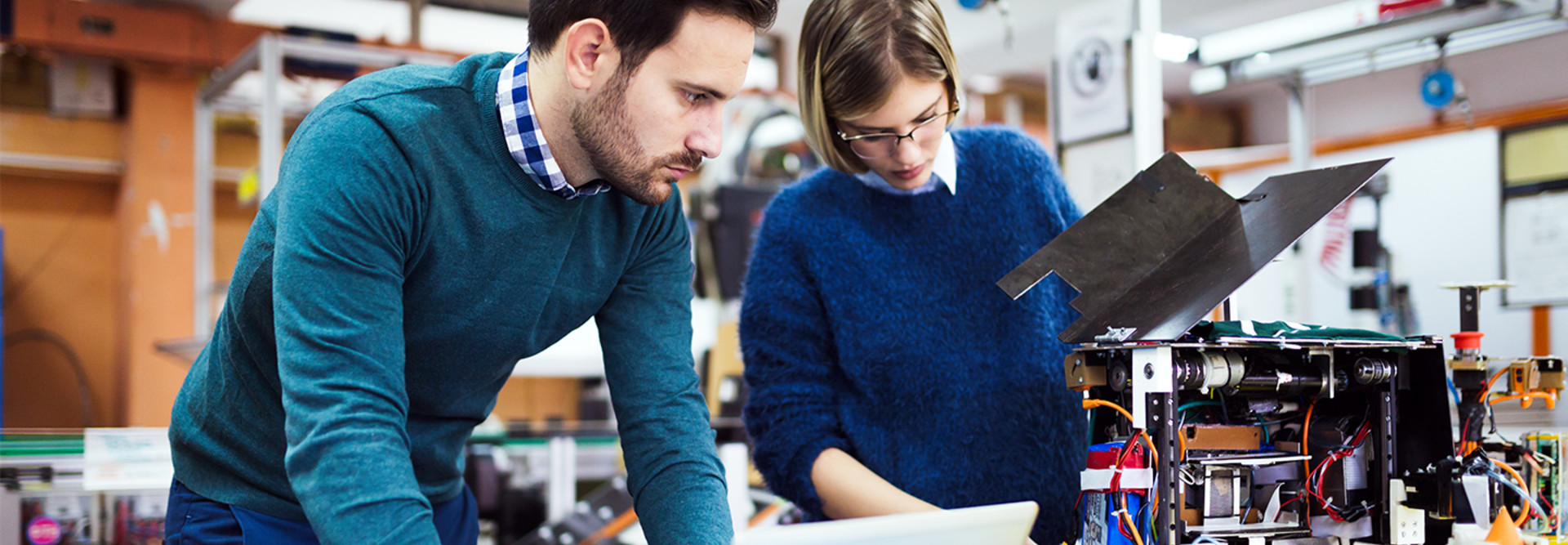Montour School District Prepares Students for an AI Future
Not too long ago, artificial intelligence was a science fiction concept. Today, experts predict that by 2025, AI-powered robots will be driving our cars, diagnosing the sick and even delivering our pizzas.
This means a majority of today’s K–12 students will be entering the workforce by the time AI has become more established. This realization has inspired school administrators at Montour School District in Pennsylvania to design the country’s first K–12 AI curriculum.
“Pittsburgh has proudly stood at the forefront of relevant developments and scholarly discussions surrounding AI,” Christopher Stone, superintendent of Montour School District told Getting Smart. “It is only instinctive, then, that the Montour School District would offer the nation’s first public school program in artificial intelligence.”
Jobs that require AI skills have multiplied nearly fivefold in the past 5 years, according to Louis Columbus, a principal at IQMS. This demand is only expected to increase, which makes preparing students now a priority.
Students Examine Current Tools to Explore AI’s Future
Understanding how to work, live and thrive with AI starts with examining how it is being used.
As part of the curriculum, students will be provided smart assistants to better understand the current capabilities of machine learning, as well as the ethics of using artificial intelligence.
Students will also interact with Cozmo, a robot companion powered by artificial intelligence.
Armed with a tablet and a controller, participants will be trained to code tasks and interact with Cozmo, teaching them skills before they reach high school that many working professionals do not have.
Students will leave the program with not only a grasp on data literacy and programming, but an understanding of how they can participate in the digital world once they begin looking for work.
“It’s the people that program artificial intelligence and technology that will change the future,” Justin Aglio, Montour’s director of academic achievement and district innovation, told the Center for Digital Education.
AI Curriculum Prepares Students for the Inevitable AI Integration
While Montour’s program may be the first of its kind, the concept of preparing students for a world driven by artificial intelligence is not.
Members of the International Society for Technology in Education have debated the best way to teach about AI as related skills becomes less of a specialty and more of an expectation.
“The world is evolving toward using AI for many different things,” Yiannis Papelis, research professor and director of the Virtual Reality and Robotics Lab at the Virginia Modeling, Analysis and Simulation Center, told ISTE. “Twenty years ago, having computer skills was special. Now, having computer skills is commonplace. Twenty years from now, understanding AI will be commonplace.”
ISTE members have developed two approaches to teaching AI in the classroom: top-down and bottom-up. Montour, and programs to follow, adhere more to a top-down concept, where students are introduced to basic AI concepts in kindergarten and develop more complex understanding over time.
In contrast, the bottom-up approach incorporates tools into classroom activities to let students become acclimated to AI’s presence in their lives. This could mean starting by incorporating Google Home into classroom activities with young students and working up to using intelligent teaching assistants later.
“You don’t change the curriculum, you just slowly expose them to AI over the long term,” Papelis explained.









